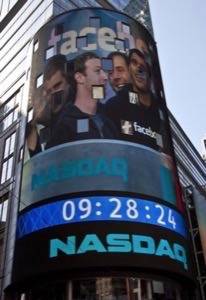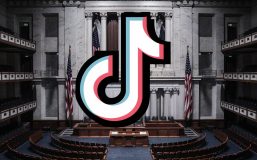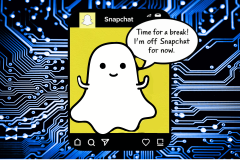Despite plenty of ominous signs leading up to Facebook’s initial public offering last month, legions of small-time investors walked eagerly toward their financial doom. Why? Psychologists think they have an answer.
Fairly obvious indicators that Facebook’s giant IPO might not be the bonanza originally expected included slowing revenue growth, lower-than-expected demand from institutional investors, a lagging mobile strategy and a valuation at a whopping 107 times earnings, more than every S&P 500 company except Amazon. To many experienced investors – both before and after the IPO – it’s no surprise the stock now hovers at about 25% below its offering price.
So why did so many average Joes ignore the warning signs and plunk down their hard-earned cash? Psychologists lay the blame on “availability bias.”

Availability Bias
The mental phenomenon is arguably a critical factor that explains why so many people failed to accurately judge the risks, explained Rebecca Waber, manager at growth and innovation consultancy Innosight, in a Harvard Business Review blog post. Basically, investors were driven not by their economic judgments, but by the leading role Facebook plays in communicating the dramatic, and more often mundane, happenings in their lives.
Availability bias, pioneered by psychologists Amos Tversky and Daniel Kahneman (The Framing of Decisions and the Psychology of Choice, PDF), refers to the importance people place on personal knowledge and experience in making decisions. As noted by Moneyball author Michael Lewis in Vanity Fair, “people often assess the probability of an event by asking whether relevant examples are cognitively “available” [i.e., can be easily remembered].” The theory here is that many small investors were snagged by the Facebook IPO because they felt comfortable putting their money in something they knew. After all, they and more than 900 million other people use Facebook, so how can it not be a good investment?
To put the phenomenon in perspective, think about the months after the September 11 terrorist attacks, when many people shunned air travel in favor of driving their cars. The tragic event was so big and fresh in people’s minds that they ignored the reality that the odds of dying in a car crash were still far greater than having an airplane hijacked. As a result, so many people hit the road after the attacks that U.S. traffic fatalities rose significantly from October to December 2011.
The Wall Street Journal served up several examples of irrational Main Street investors, such as the dad who planned to buy Facebook stock with money he had set aside for his 11-year-old daughter’s college education.
The dad’s willingness to ignore safer stocks, bonds and funds is how availability bias works. It leads people to confuse what they know with what they understand. Because they felt familiar with the company, many investors were more comfortable risking money on the stock, no matter what the experts were saying.
Corporate Victims, Too
Small investors are not the only ones fooled by availability bias. Corporate execs sometimes fall victim when considering where to expand their business, according to Waber. Rather than look for new markets, business development pros often stick within the markets they know, considering that a safer bet. Consider Microsoft’s hesitation in the 1990s to embrace the Internet or Yahoo not seeing the advertising potential of search.
Of course, availability bias does not address whether or not Facebook will prove to be a good long-term investment. And with the end of the quiet period required around an IPO, Facebook executives are working hard to change perceptions about the company’s future.
According to The Wall Street Journal, Facebook launched a public-relations blitz this week designed to counter critics who say ads on the social network don’t lead to sales. (Shortly after Facebook’s IPO, General Motors cited just that when it decided to pull $10 million of advertising from the service.)
Facebook commissioned a study from research firm comScore that found Starbucks “fans” and “friends” on Facebook bought from the coffee shop chain almost 40% more often than other people did. The figure was about 20% higher for Target fans and friends.
Whether the study reflects Facebook’s true advertising potential remains to be seen. But the dad who invested his daughter’s college money probably hopes so.
Image courtesy of Shutterstock.










